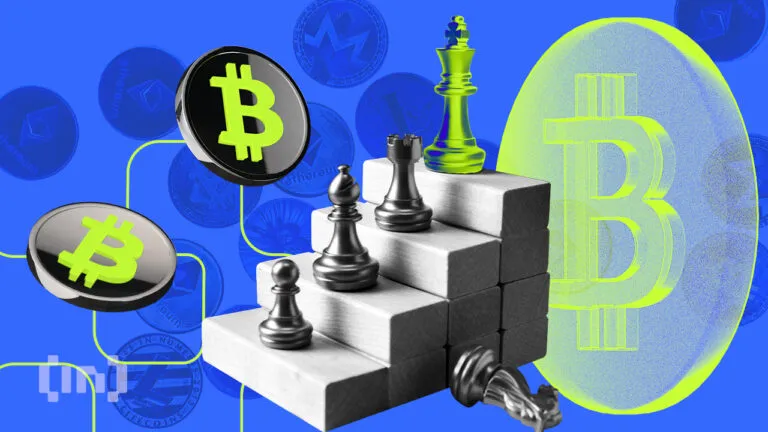
The post Was Jed McCaleb’s Exit from Ripple a ‘Breakup’ or a Brilliant Strategy? Find Out! appeared first on Coinpedia Fintech News
Jed McCaleb’s departure from Ripple in 2014 has long been the subject of speculation. Many believed it was the end of his involvement with the company, but what if it wasn’t a breakup? What if Jed’s split was a strategic move, part of a bigger plan to create a parallel blockchain system?
Ripple & Stellar: Split That Wasn’t a Split
Jed McCaleb, one of Ripple’s co-founders, was key in designing XRP’s early framework. He helped build XRP’s architecture and contributed to Ripple’s initial success. After some disagreements, Jed McCaleb left Ripple in 2014 and quickly started Stellar (XLM).
While many thought it was a breakup, the timing looks more like a planned move. It happened just as Ripple was growing in the world of big finance and global payment systems.
Eventually, if we look at the timing of Jed’s departure, it aligns perfectly with Ripple’s institutional expansion, the rise of the ISO 20022 standard, and discussions by global financial bodies like the IMF, the BIS, and the WEF about the future of payments.
This suggests that Jed wasn’t leaving; he was deployed to launch the second half of a global payment solution.
XRP and XLM: Complementary, Not Competitive
Ripple’s XRP and Stellar’s XLM were never rivals; they were two parts of the same global plan. XRP focuses on improving liquidity, enabling cross-border payments, and supporting central bank digital currencies (CBDCs) in the financial industry.
On the other hand, Stellar works on bringing blockchain technology to underserved communities, humanitarian efforts, and retail stablecoin transactions.
Strategic Partnerships on Both Sides
Both Ripple and Stellar have quietly secured powerful partnerships. Ripple works with major financial institutions like Bank of America and SBI, supporting international banking systems.
Meanwhile, Stellar is closely tied to humanitarian projects, with the United Nations using it for blockchain-based aid and Franklin Templeton using it for tokenizing assets.
Jed McCaleb’s exit from Ripple wasn’t an accident; it was part of a well-timed plan. As Ripple focused on the institutional side, McCaleb’s Stellar project set out to bring the power of blockchain to the people.


 ) Jed Didn’t Leave Ripple. He Was Assigned to Start Stellar.
) Jed Didn’t Leave Ripple. He Was Assigned to Start Stellar. (@StellarNews007)
(@StellarNews007) 



